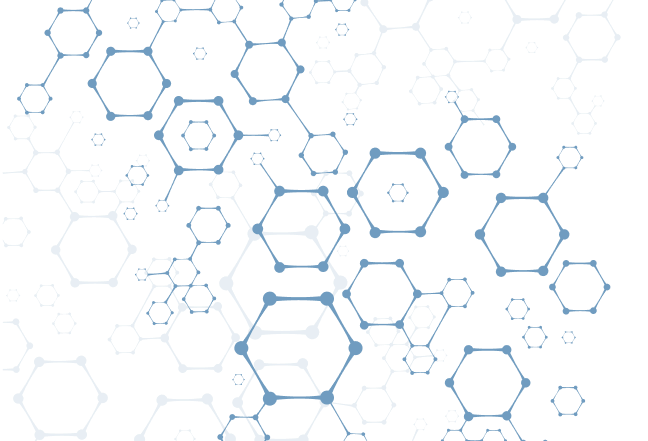
The Inaugural Australian Beacon® User Group Meeting, will showcase projects utilising Optofluidic Technology for single-cell functional and multi-omics analysis. Current and prospective users are welcome.
Come meet local peers, as well as international guests, and hear about the latest workflows and research using Beacon® Optofluidic System, including in:
- Immune profiling for Immunology and Cancer Research by multiplexing cytotoxicity assay, cytokine secretion assay and phenotyping on the same single-cell
- Cell therapy development and characterization such as CAR-T, TCR-T, MSC and iPSC, TCE and others
- Antibody discovery for tumour-associated antigen, auto-immune disease or vaccine development for infectious disease
- Cell line development and screening supporting cell engineering
Also, learn more about the services offered by the Monash Antibody Discovery Platform and the National Biologics Facility.
This event is jointly organised by John Morris Group and Monash University.
Meeting Details
Dates and Locations:
Beacon Users Group Social Evening - Tuesday, 22nd October 2024
Time: 5:30 pm-7:00 pm
Good Heavens
Level 2/79 Bourke St. Melbourne, VIC 3000
(spots limited)
Beacon User Group Meeting - Wednesday, 23rd October 2024
Monash University
Biomedical Learning and Teaching Building
Lower Ground, 7 Ancora Imparo Wy, Clayton VIC 3168
Registration:
Free - please register your attendance here:
Flyer:
Download and share here
Getting To The Meeting
Address:
The Inaugural Australian Beacon User Meeting will be held at the lower ground of the Biomedical Learning and Teaching Building at Monash University Clayton Campus.
7 Ancora Imparo Way, Clayton VIC 3168
Transport to Campus:
There are many ways to get to the meeting including public transport and car parking available.
Please see the university website link below for further information.
https://www.monash.edu/about/our-locations/transport-parking
Car Parking:
For information about parking on campus please visit the university parking website: Parking - Monash University
For the event, the closest accessible carpark would be the N1 Car Park.
Parking charges apply, please follow signs and instructions on-site.
Map:
Clayton campus map: View map
Monash University Digital Wayfinding to the Meeting:
Accommodation close by:
M City hotel: https://www.panpacific.com/en/hotels-and-resorts/pr-monash-melbourne.html
About Beacon Platform
Current commercially workflows available on the Bruker Cellular Analysis' Beacon Platform:
- T cell Profiling for multiplexing cytokine secretion, cytotoxicity and phenotyping for Cancer and Immunology research or Cell Therapy Development
- Antibody Discovery for Antibody Therapeutics and Vaccine Development
- Cell Line Development for Biologics Production
![]()
Beacon Optofluidic technology helps researchers find the best cells to accelerate the use of cell-based products. At the core of the Beacon system is a combination of optics and nanofluidics called optofluidics. This light and semiconductor technology combine to move single cells or beads in large numbers so they can be isolated, cultured, assayed, and exported. Single cells can easily be isolated and assayed in its own discrete chamber in an automated process. There’s no need to wait weeks for a large quantity of cells to assay.
Cells of interest are imported onto the Beacon and into its OptoSelect® chips. Each OptoSelect® chip contains thousands of NanoPen® chambers, which are like wells on a microplate but are ~100,000 times smaller in size. This is where cells are deposited, where they grow and be characterized using a myriad of proprietary Beacon Platform assays. For example, perform secretion assays, with both soluble or membrane bound targets, or cytotocixity assay within hours of cloning. You have complete flexibility to run fully-automated assays, sequentially or simultaneously, as frequently as you choose.
The Beacon system can capture bright field and fluorescence images of each NanoPen® in an OptoSelect® chip at any time. This allows tracking and assaying of the same individual cells across multiple time points to reveal deep profiling—richly detailed “fingerprints” of cells and clones you can’t get any other way. Ultimately, this enables screening 1000s of cells to be an automated process that can be adapted, interchanged and deployed with a variety of single-cell assays to address specific applications and a variety of cell types.
With the Beacon system’s light-speed workflows, you’ll gain insights, iterate and innovate as fast as your inspiration.
Replace a roomful of equipment with the Beacon system
- Work with individual cells radically faster than using other technologies
- Perform assays at any time, as often as you need
- Track phenotype and genotype of single cells or clones
- Automate and scale workflows far beyond manual, time-intensive analysis
- Generate greater insights through deep profiling of each cell or clone

